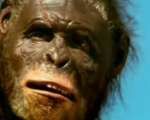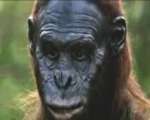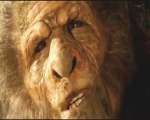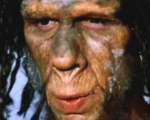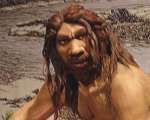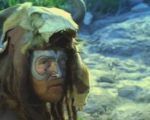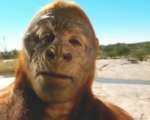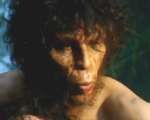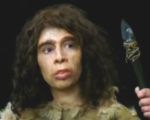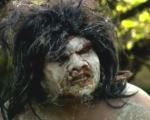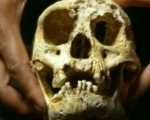
The Ancestors of Mankind
Where we come from is a question that has always fascinated mankind. When the first fossilized hominid skull was found 1857 in the Valley of Neanderthal, or later the "Peking man" was discovered at in the Dragon Bone Hill near Peking, the savants were convinced that they had found their “Adam”. Since then, many archeological findings have revolutionized the theory of our origins, and today, almost every month a spectacular paleoanthropological discovery is announced in the media.
How did our ancestors look like and how did they live? In our video presentation we try to get a glimpse of various hominids in their natural habitats and of the tools they were using. All Dominating were the fights for survival and the search for food in a hostile environment. Dangers were lurking everywhere, from wild animals, internal tribal rivalries and outside tribes. But somehow, Homo managed to grow up to Homo sapiens, its present state of evolution.
Have a look at the biological genus Panthera (cats). You will find there many species, such as lions, tigers, leopards, jaguars. In the animal kingdom, this is more the rule than the exception. But what’s about the genus Homo? We’ll find out surprisingly that we are all alone! However, this has not always been the case. Probably no more than 12’000 years ago, we shared our existence with the “hobbits” of Flores, Homo floresiensis. In the course of evolution, side-branches of the genus Homo have developed, that didn’t lead to Homo sapiens, but coexisted with the sapiens lineage. Such is the case for instance with Paranthropus boisei. So, our “family” is much larger that what one commonly supposes.
Now, let’s have a glance to that family…
